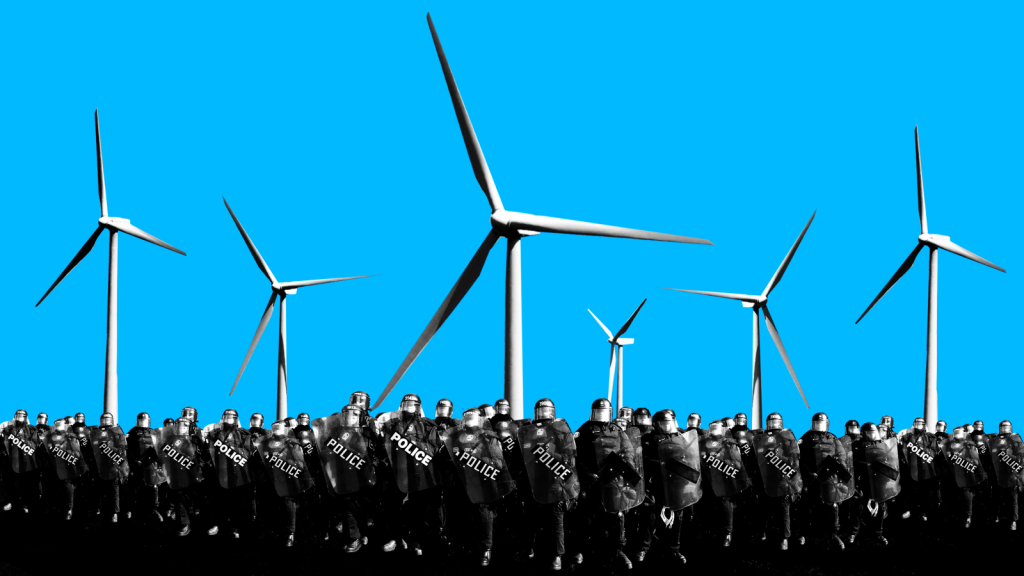Svalbard archipeliago, north of Norway
This refuge was established in 1980 to protest the wildlife, both on and off shore. In terms of wildlife, brown bears, reindeer (around 7000 in this herd) wolves, wolverines, foxes, beavers. Moose are locally extinct due to overhunting. Off the coast, there are sea otters, seals, sea lions, and migratory grey whales. There are also over 200 species of bird. There are local native people who have lived within the reserve for 10,500 years and use the lands resources sustainably.
The video below, is all filmed from a cruise ship visiting the islands – just to give you an idea of what there is to see.
This is an island that I am eager to visit one of these days.

